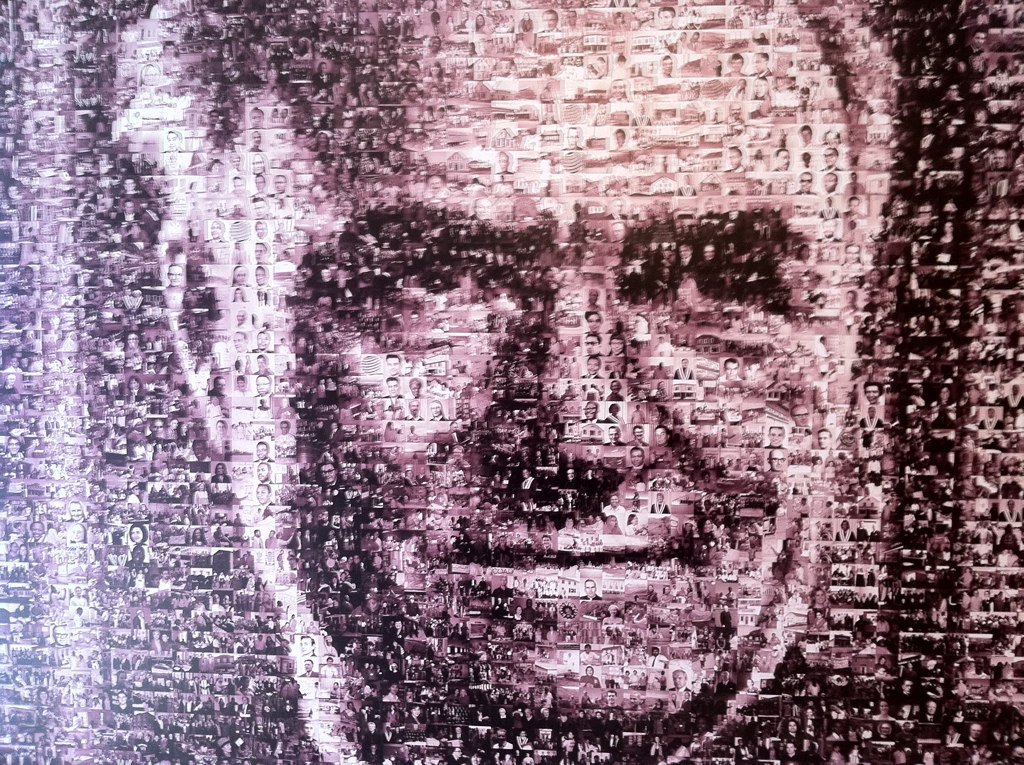|
Getting your Trinity Audio player ready...
|
Antigonish 2.0: A Way for Higher Ed to Help Save the Web
Bonnie Stewart, EDUCAUSE Review, May 8, 2017
If there is a positive to take out of the shit show that was the US election, it is that it has proven to be a rallying cry to many educators to ramp up efforts on increasing our collective digital & media literacy. Projects like Mike Caulfield’sDigital Polarization Initiative, higher education courses on understanding fake news (including the beautifully titled Calling Bullshit course, with shades of Howard Rheingold’s Crap Detection work from another web era), and the numerous individual initiatives by educators helping students become critical thinkers about information. In an age when (mis)information is used as a political weapon, these types of efforts are important.
Antignoish 2.0 is one of those projects that I have been following. In addition to the focus on digital & media literacy, Bonnie Stewart’s project is firmly rooted in an interesting adult education model with ties to the 19th centry co-op movement known as The Antigonish Movement. Antigonish 2.0 borrows many of the elements of the original movement in an attempt to develop a contemporary distributed network rooted in local institutions and communities.
Antigonish 2.0, therefore, is a community capacity-building project about media literacy and civic engagement. In this era of profound political polarization, disinformation, and fake news, the project aims to frame and foster narratives of democracy and contribution. Antigonish 2.0 revisions the cooperative adult education tradition of the Antigonish Movement for a digitized world.
Despite the model being over 100 years old, it feels incredibly relevant today as it is designed to leverage both the potential of the network and local communities in a unified vision. The question is: what role will higher education play in supporting initiatives like Antigonish 2.0?
Antigonish 2.0 offers a call to colleges and universities around the globe to consider how their resources—staff, faculty, students, space, digital infrastructures, brands—can be deployed at all three layers of the initiative.
But in order to do that, higher ed has to be willing not to look the way it has always looked. It has to be willing to lend a portion of its infrastructure and its time and its endowments to this integrated model of network plus institution plus community, even though this model does not factor in prestige rankings or research dollars. It has to be willing to look to people both in and beyond classroom walls as part of its purview.
Photo: Moses Coady Mosaic by The Coady Institute CC-BY-NC. Moses was the founder of the original Antignoish movement in the 1920’s.
This piece was first published in the EdTech Factotum newsletter.
